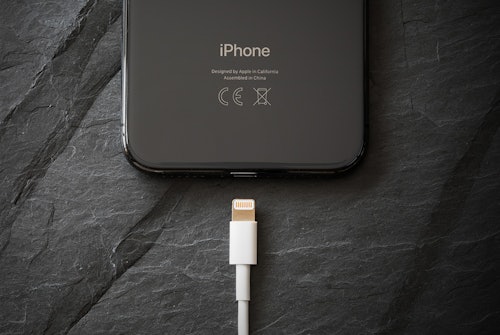- Step 1: Decide How You Are Going to Place the Equifax Fraud Alert
- Step 2: Provide The Required Information
- Step 3: The Equifax Fraud Alert Is In Effect
- Remove an Equifax Fraud Alert
- Frequently Asked Questions
Placing an Equifax fraud alert is very easy and can be done in minutes—simply follow these steps.
Step 1: Decide How You Are Going to Place the Equifax Fraud Alert
There are three options in placing a fraud alert—online, by phone, or via mail. The information required to submit the report is the same; however, there are different ways to go about it:
- Online by first creating a myEquifax account.
- By calling (800) 525-6285.
- By mailing your request to:
Equifax Information Services LLC
PO Box 105069
Atlanta, GA 30348
NOTE: Extended fraud alerts must be requested by mail.
Step 2: Provide The Required Information
However you decide to place the alert, you’ll need to provide basic information. That includes:
- Name
- Date of birth
- Social Security number (SSN)
- Phone number
- Address
You will also need to provide proof of identity via one of the following:
- Social Security card
- Paystub with your Social Security number
- W2 or 1099
And you'll also need proof of your address via one of the following:
- Driver’s license
- Rental agreement or home deed
- Paystub with address
- Utility (e.g., gas, electric) or phone bill
If you’re placing a fraud alert by mail, you’ll also need the following completed forms:
- For initial fraud alerts and active duty alerts: Fraud Alert Request Form
- For extended fraud alerts: Extended Fraud Alert Request Form
Step 3: The Equifax Fraud Alert Is In Effect
The fraud alert shows up on your report as soon as it’s placed or processed (if you placed it by phone or mail).
After placing a fraud report, Equifax will alert the other two credit bureaus—Experian and TransUnion—so all see the alert.
The lender will contact you if someone tries to get credit in your name—whether you or someone else. Once connected, you can confirm whether or not you made the request.
Fraud alerts last for:
- 1 year (initial fraud alerts and active duty alerts)
- 7 years (extended fraud alerts)
Remove an Equifax Fraud Alert
Removing an Equifax fraud alert can be done:
- By calling Equifax at 888-836-6351
- By sending your request by mail (see address above)
- Online
You will need to verify your identity to remove or manage your fraud alert. Unlike placing an alert, if you remove it, you have to notify the other credit bureaus. It will not be done automatically.











Comments